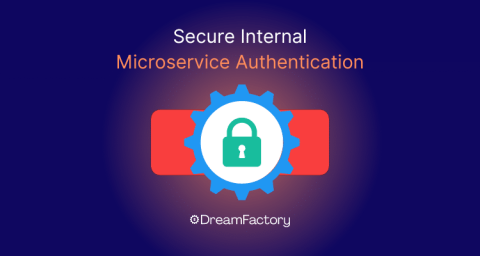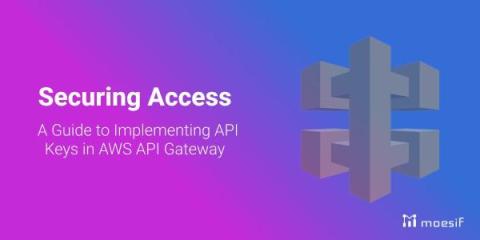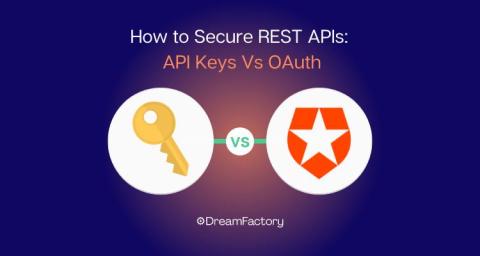What Can Possibly Go Wrong Without Data Privacy in Your Business?
Let's talk about something that might not be your favorite topic but is super important: data privacy and security. Now, I know it might sound like just another box to tick off, but hear me out. Ignoring data privacy in today's digital world is like forgetting to lock your doors in a busy neighborhood. Not the best idea, right? We previously discussed the importance of data privacy in analytics, let’s now look at the implications of lack thereof.











